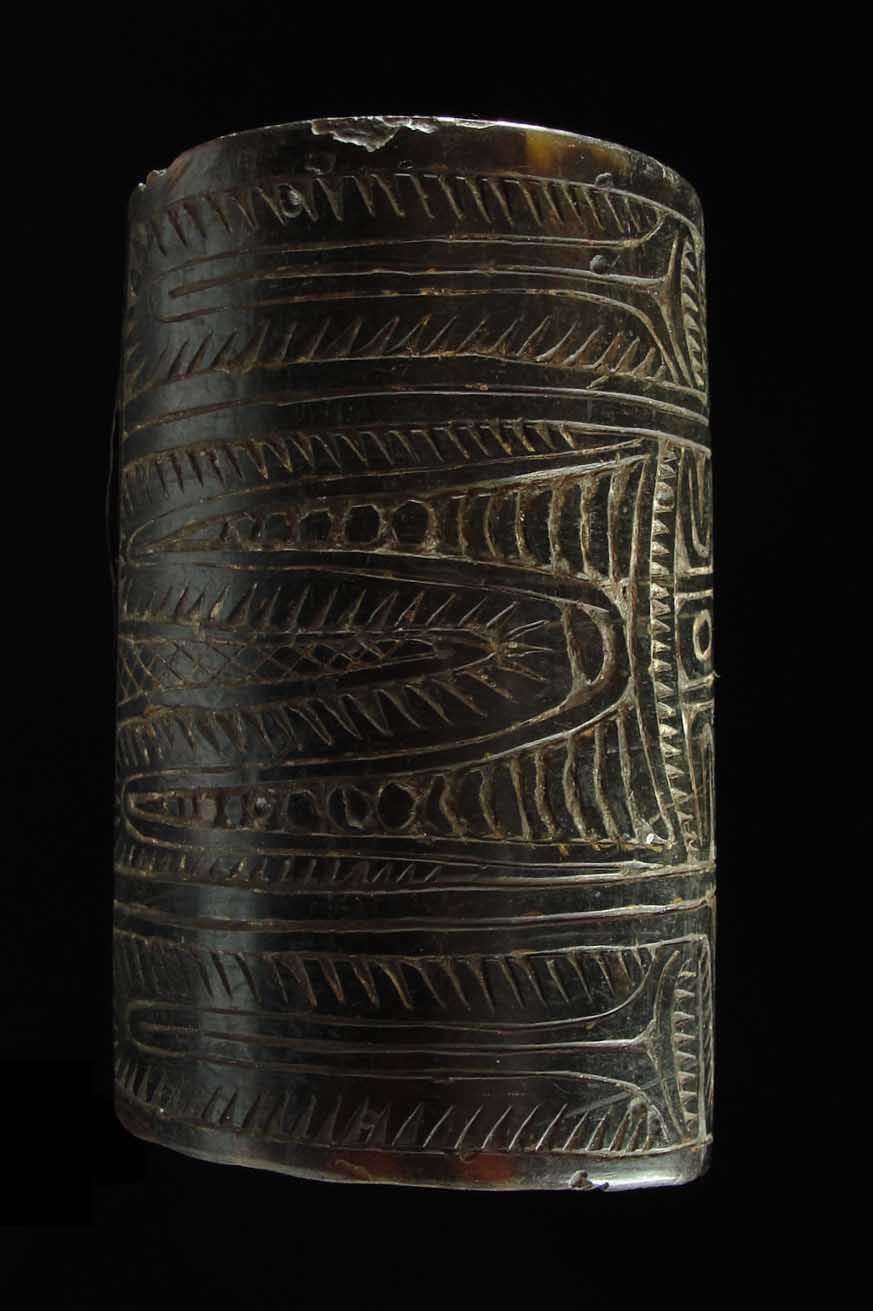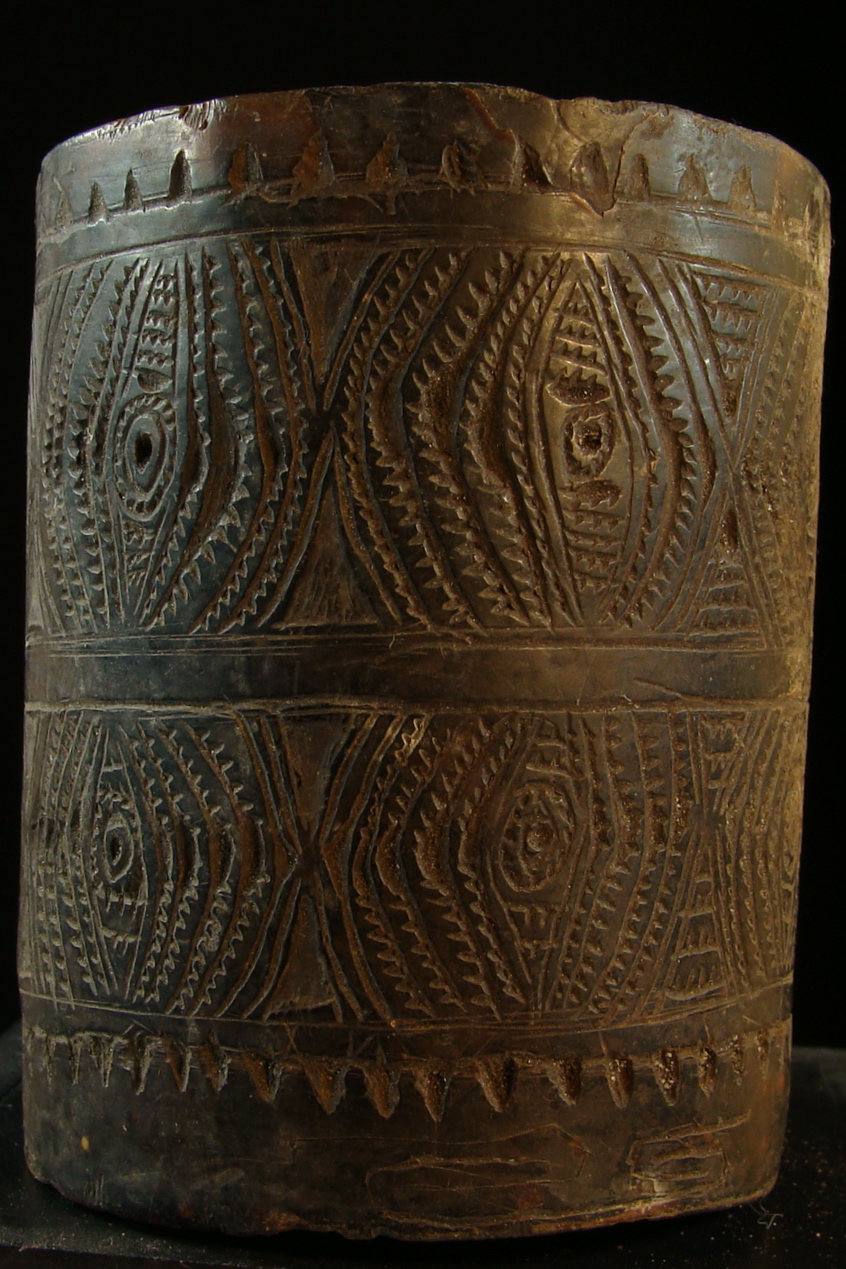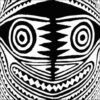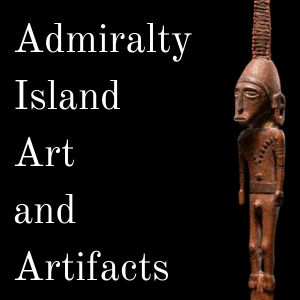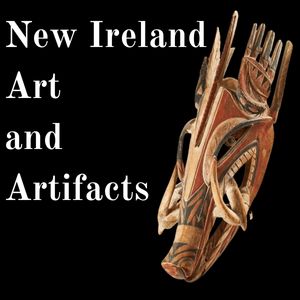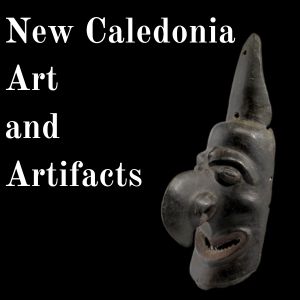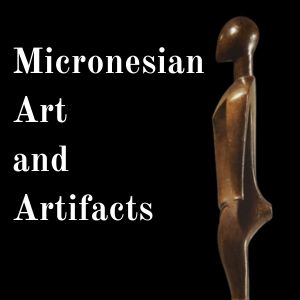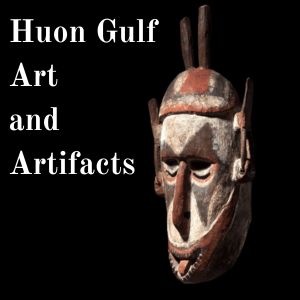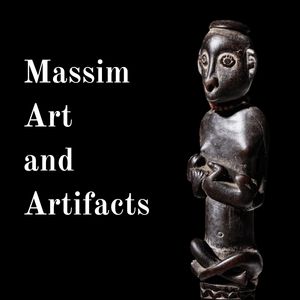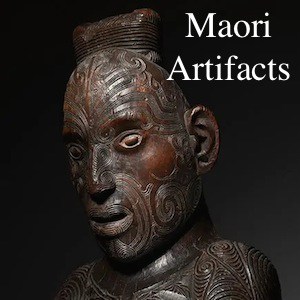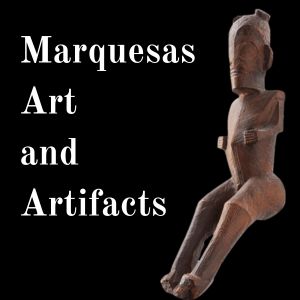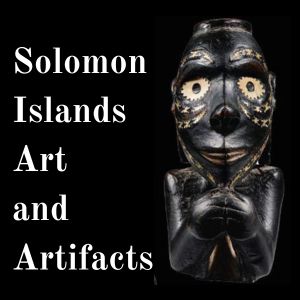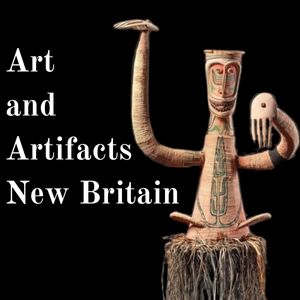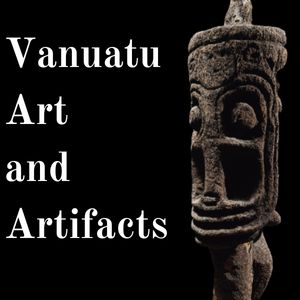New Britain Art and Artifacts
Draft
Old New Britain Art and Artifacts are colourful and often quite surrealistic. There is a strong connection with Germany due to early colonization and many of the biggest collectors are German. This is especially true for pieces made for indigenous use and not for sale to tourists. Most New Britain art is associated with strong masking cultures and associated ceremonies.
This article looks at the different types of New Britain art and Artifacts. I hope it will give the reader a guide as to what to look for and help them determine if their New Britain artifact is a masterpiece or not.
I buy and sell New Britain Artifacts and the process is straightforward. Just send me a photo of your New Britain Art or Artifact and I will give you an idea of what I would be willing to buy it for.
In a single article, it is simply not possible to cover the subject of New Britain Art and Artifacts in great depth. This is just a guide of some of the wonderful objects that this region of the Pacific produces.
Recommended reading
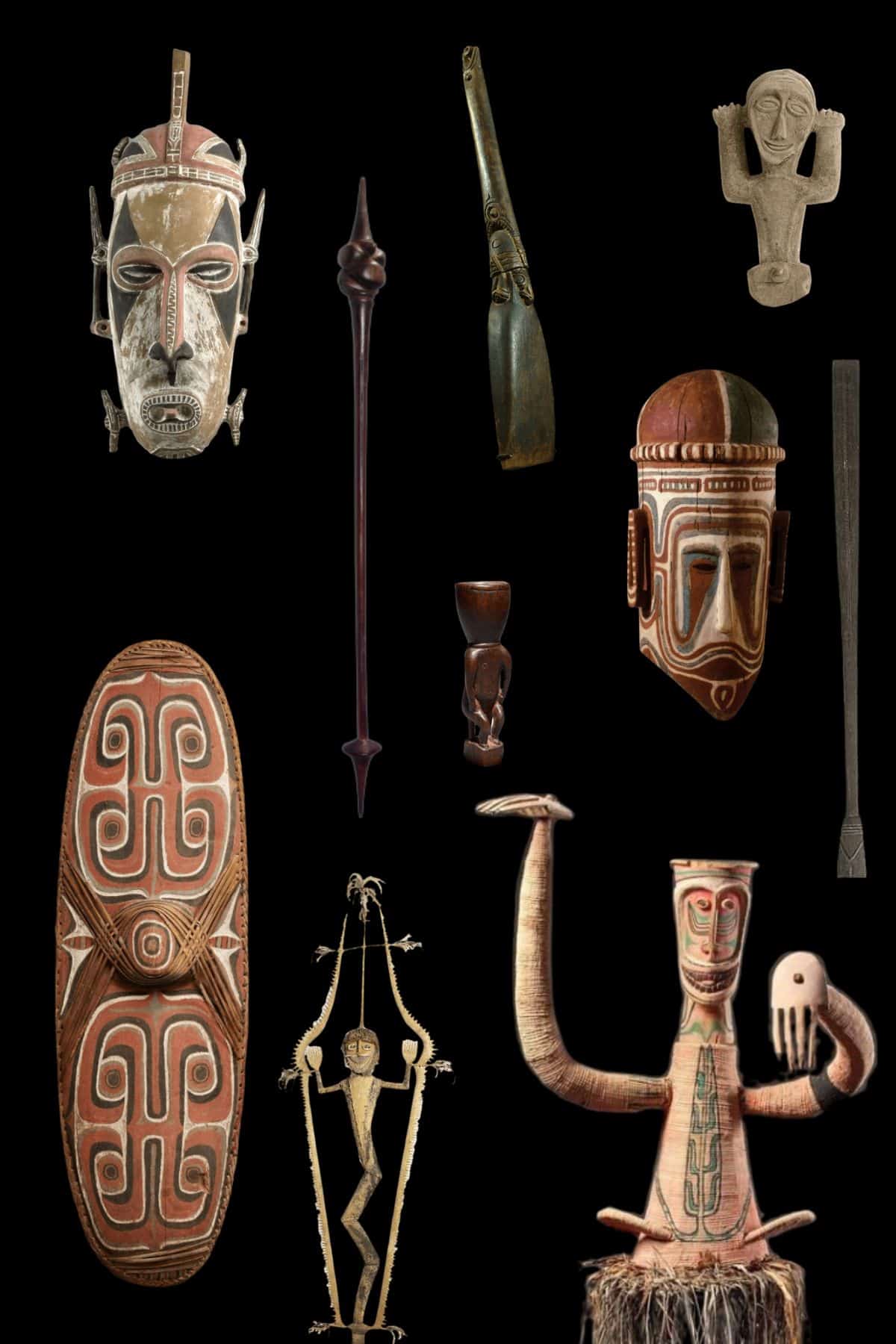
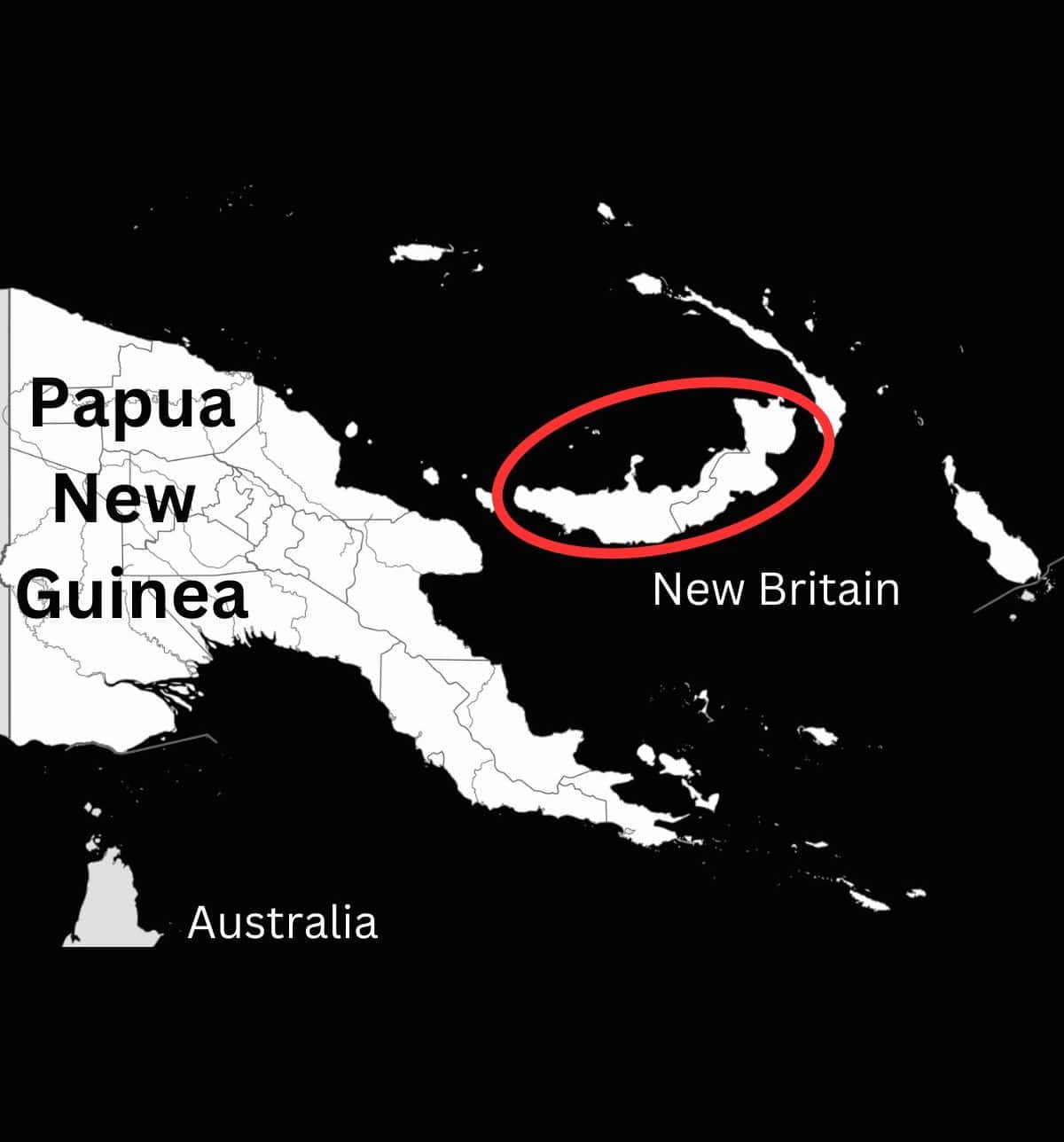
New Britain
New Britain is the largest Island in the Bismarck Archipelago to the east of the Papua New Guinea mainland. The majority of the population is found on the coast with the interior being very sparcely populated rugged mountains.
Archeology shows that the Island has been populated for at least 30,000 years
Art Areas. The island has been subject to waves of different populations with the last being Lapita people less than 2000 years ago.
The first Europeans to sail to New Britain were dutch explorers Jakob Le Maire (1616) and Abel Tasman in 1643. In 1884 Germany annexed the Northern Half of New Guinea and Rabaul became the main port.
New britain Art and Artifacts Regions
The Tolia peoples in the East of the island maintain active cultural links with the neighbouring island of New Ireland. TheTolia culture like southern new Ireland have a strong cult of Tumbuwan Duk Duk and associated shell currency.
Baining are famous for their firedance and associated masks. It is one of the most spectacular forms of ceremonial “dancing” anywhere in the world. Often held just after dark the young initiates having earned the right to the custom leap through the flames wearing wonderful masks.
The Sulka people produce wonderful woven masks. These masks are extremely time consuming to make and were normally left to rot after use. As a result very few still exist today. Sulka people produce what I believe is the most beautiful shields in papua new Guinea with abstract faces on the front.
The Mengen also produce a large umberella style mask. These are spectacular and made using the same technique as the Sulka but lack any anthropomorphic masks. They also produce shields but these tend to be narrower than those of the Sulka
The coastal area beween Arawe all the way along the coast to the Kombe and offshore to the Vitu Islands are dominated by Tumbuwan and wooden masks. Culturally they are similar to the Huon Gulf art area.
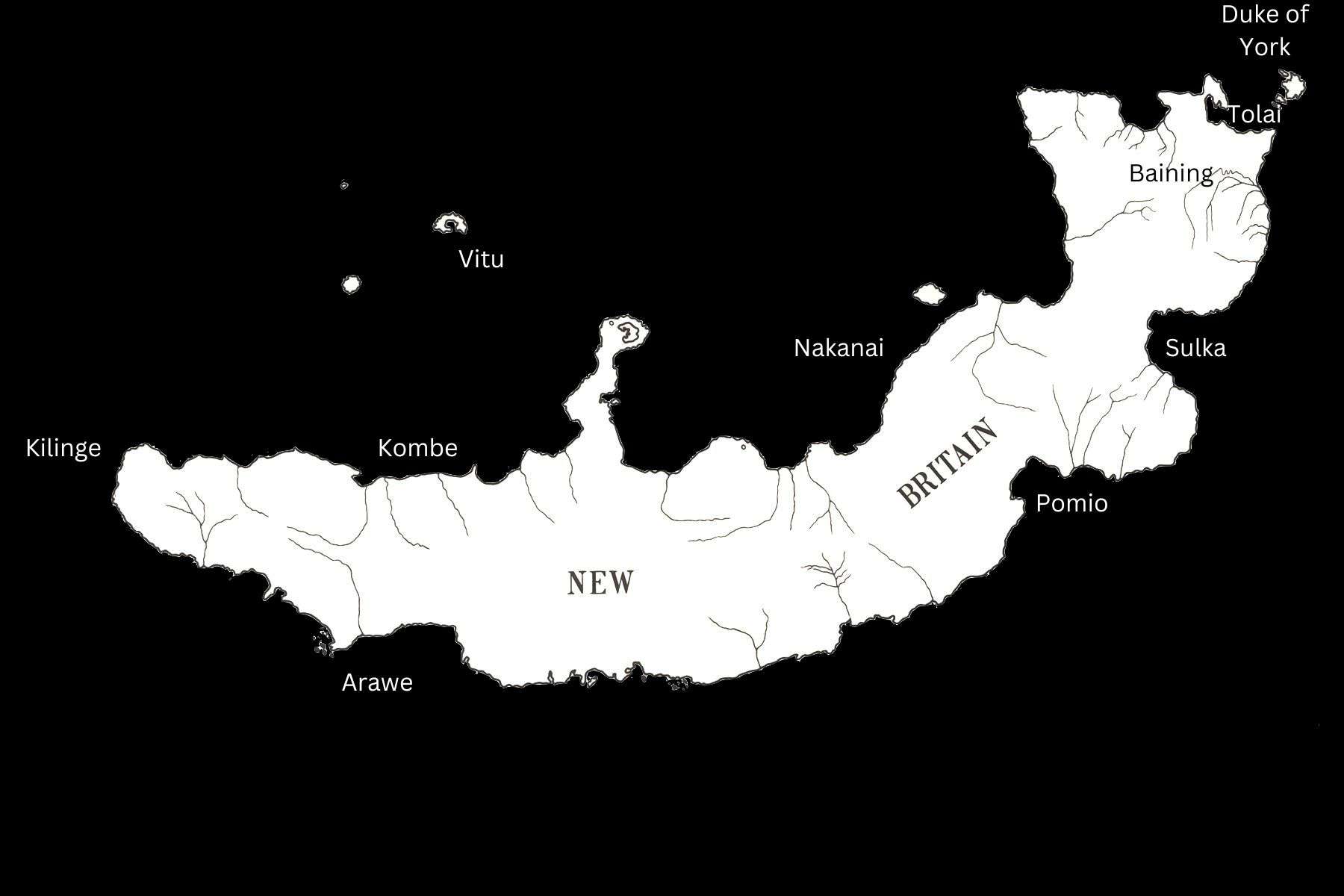

New Britain Art and artifact Types
New Britain Sculpture
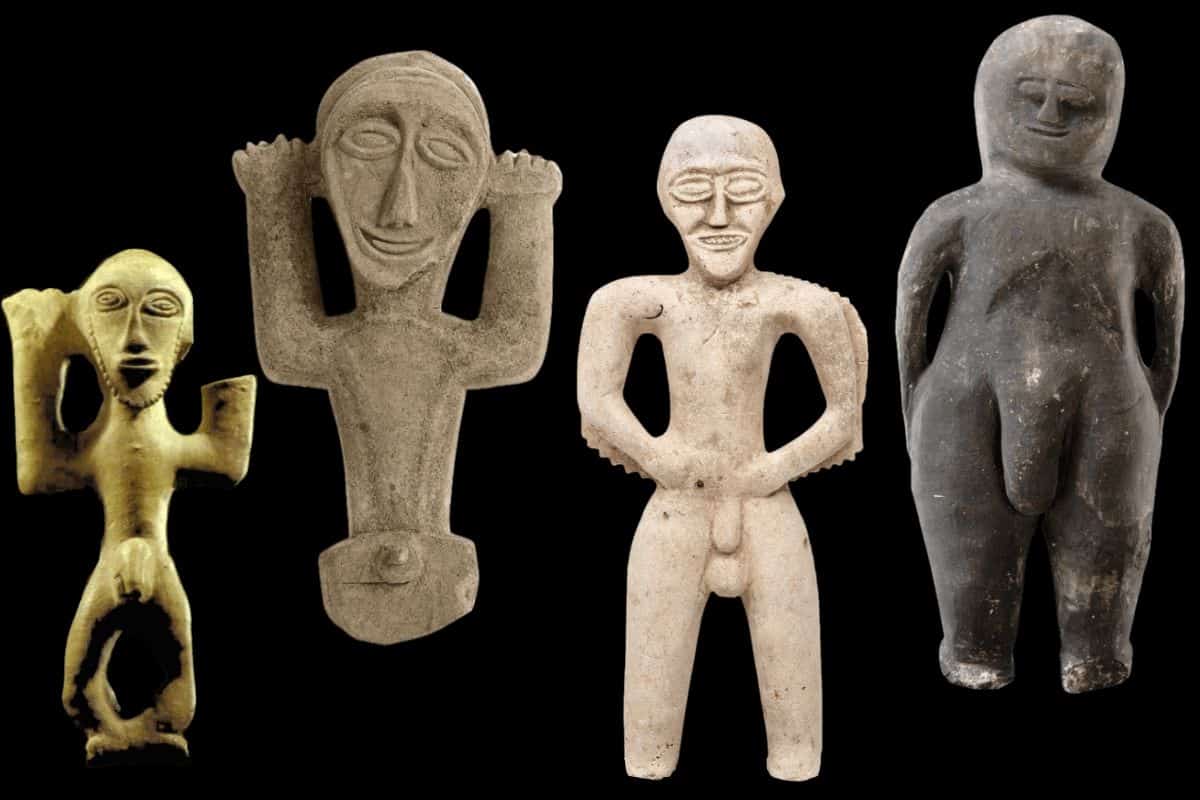
Range in size from 70cm – 250 cm
Tolia Iniet Sculptures
Probably related to the Kulap figures of New ireland these Tolia figures tend to be a bit more coarsely made. The Iniet cult died soon after Christianity was introduced by the Germans.
Many of these sculptures show signs of being buried only to be unearthed generations later accidentally while planting gardens.
There are a lot of fake iniet figures made for sale and made to look old
Dance Wands Sculpture
Figurative dance wands associated with Lorr Masks are rare. most of any quality were collected quite early and made there way into museum collections.
The only other wooden sculpture is from the Sulka and is again very rare and were either parts of masks or parts of Dance wands
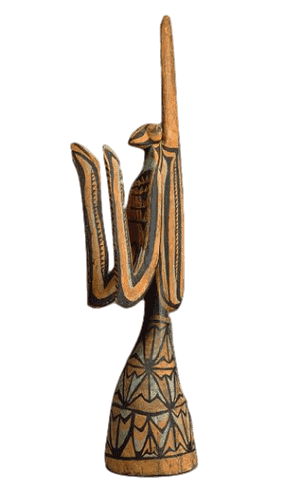
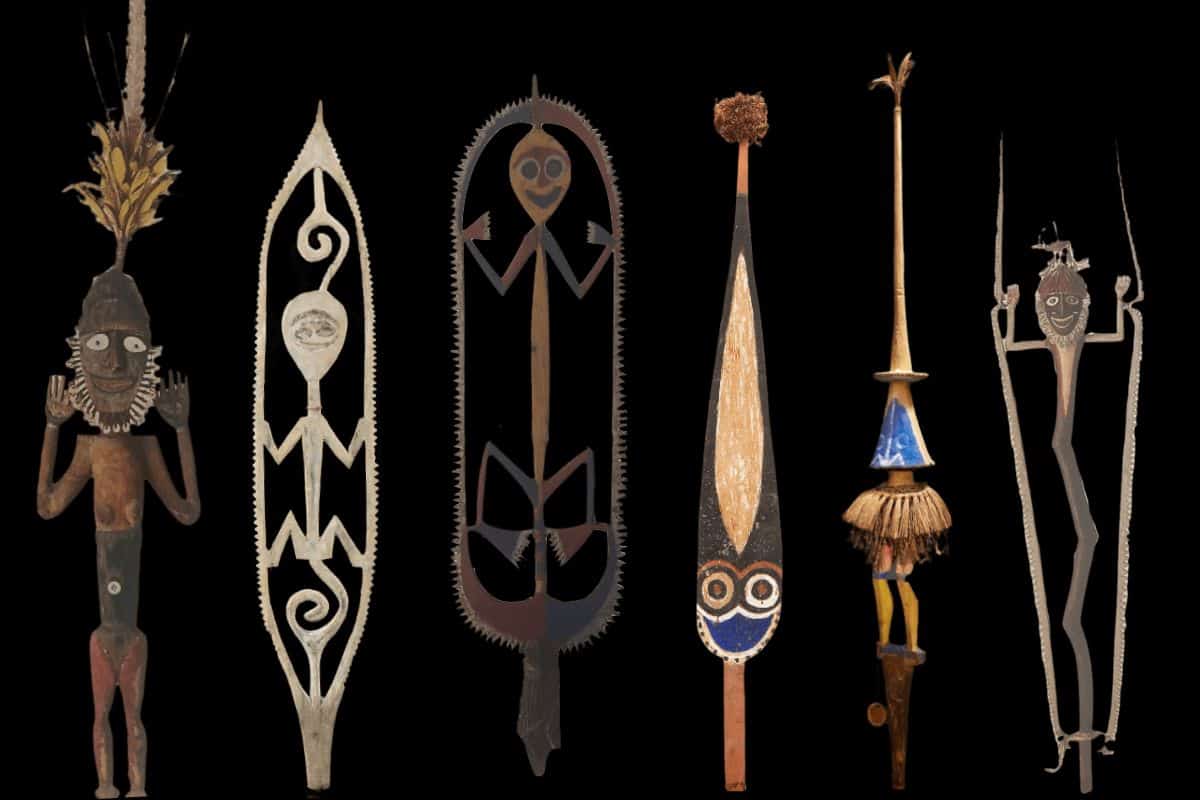
Sizes Range from 50cm – 105cm
New Britain Art and Artifacts Masks
Dukduk and Tumbuwan
This is very much a ongoing tradition and strongly held by the Tolia Duke of York Islands but most seriously in Southern New Ireland. Dukduk look like tumbuwan but do not have faces and extravigent top pieces. They are often looked after by the adult Tumbuwan.
Tumbuwan cult is tied to shell money. If a Tumbuwan or Dukduk dances then shell money will be paid.
Even today the Tolia will not sell a mask because it is a spirit bough to life and not just art.
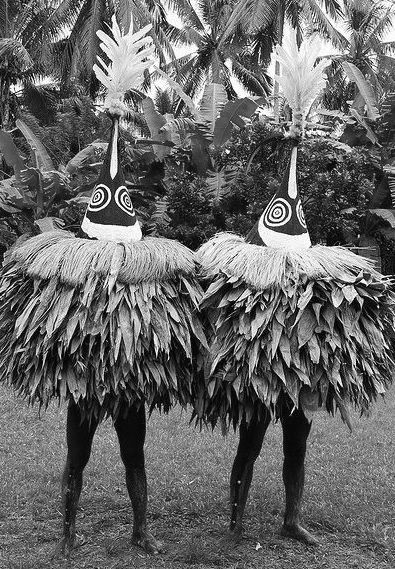
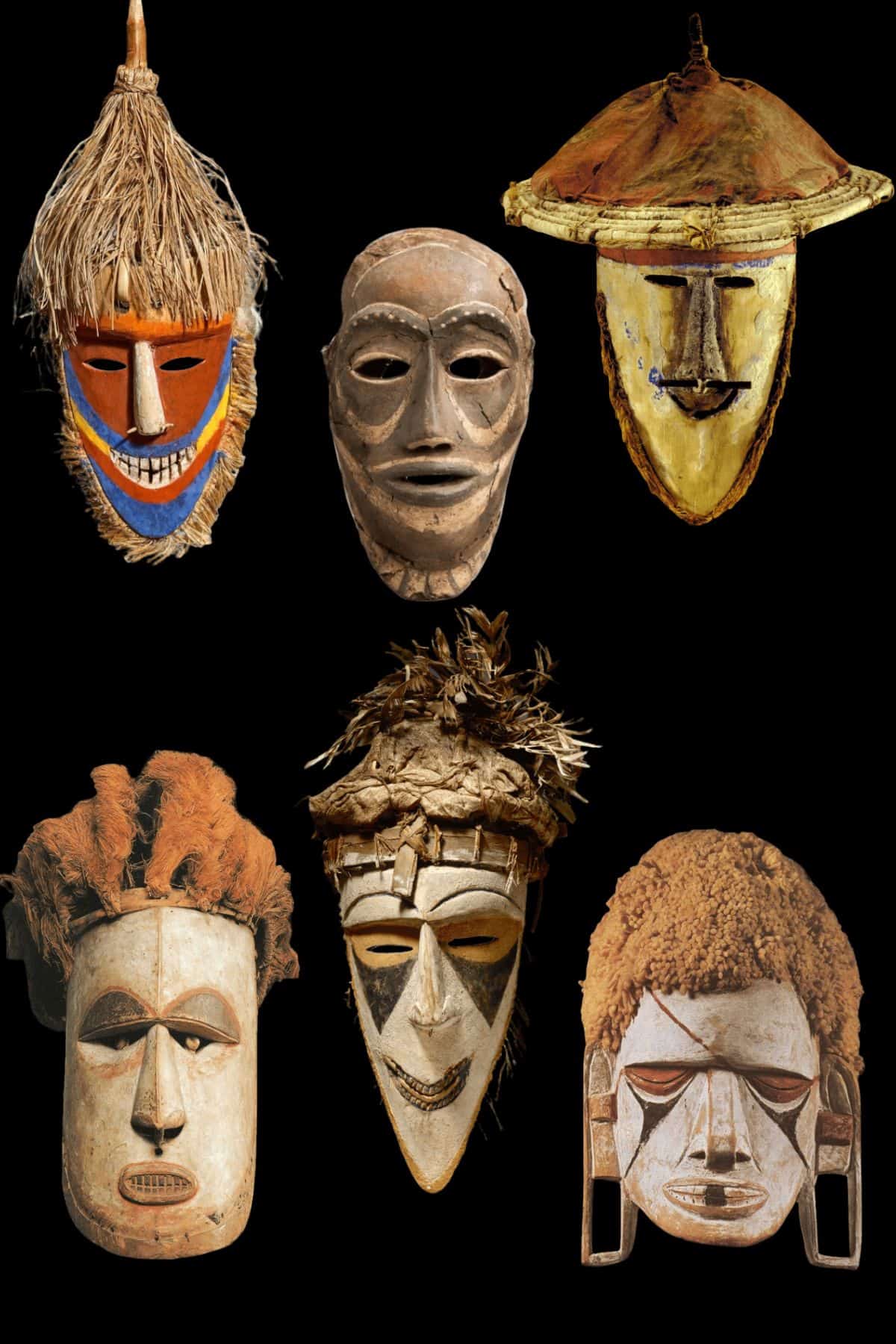
Sizes Range from 3ocm – 60cm
Lorr masks / Lor masks
Prior to German colonization Lorr masks were made from a ancestors skull. Lorr masking traditions are common to Southern New ireland, the Duke of York islands and the Tolia.

Baining Masks
Baining are famous for their firedance and associated masks. It is one of the most spectacular forms of ceremonial “dancing” anywhere in the world. Often held just after dark the young initiates having earned the right to the custom leap through the flames wearing wonderful masks.
They are made from tapa Cloth over a cane frame and vary in size fro 1m to 8m in height.
They are not particularly rare with many tourists in the 1970’s on cruise ships bring back masks after watching them perform.
Rare types however are still very collectable.
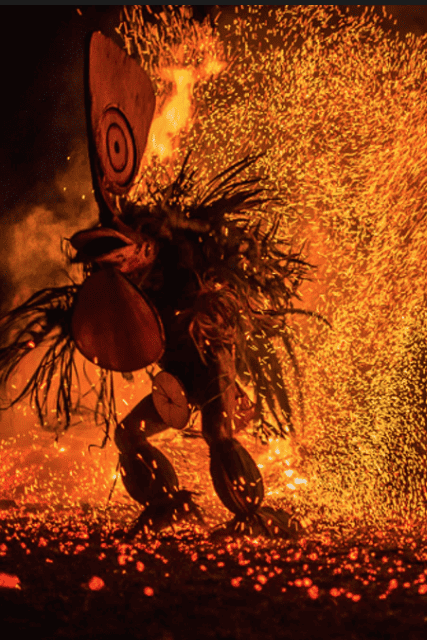
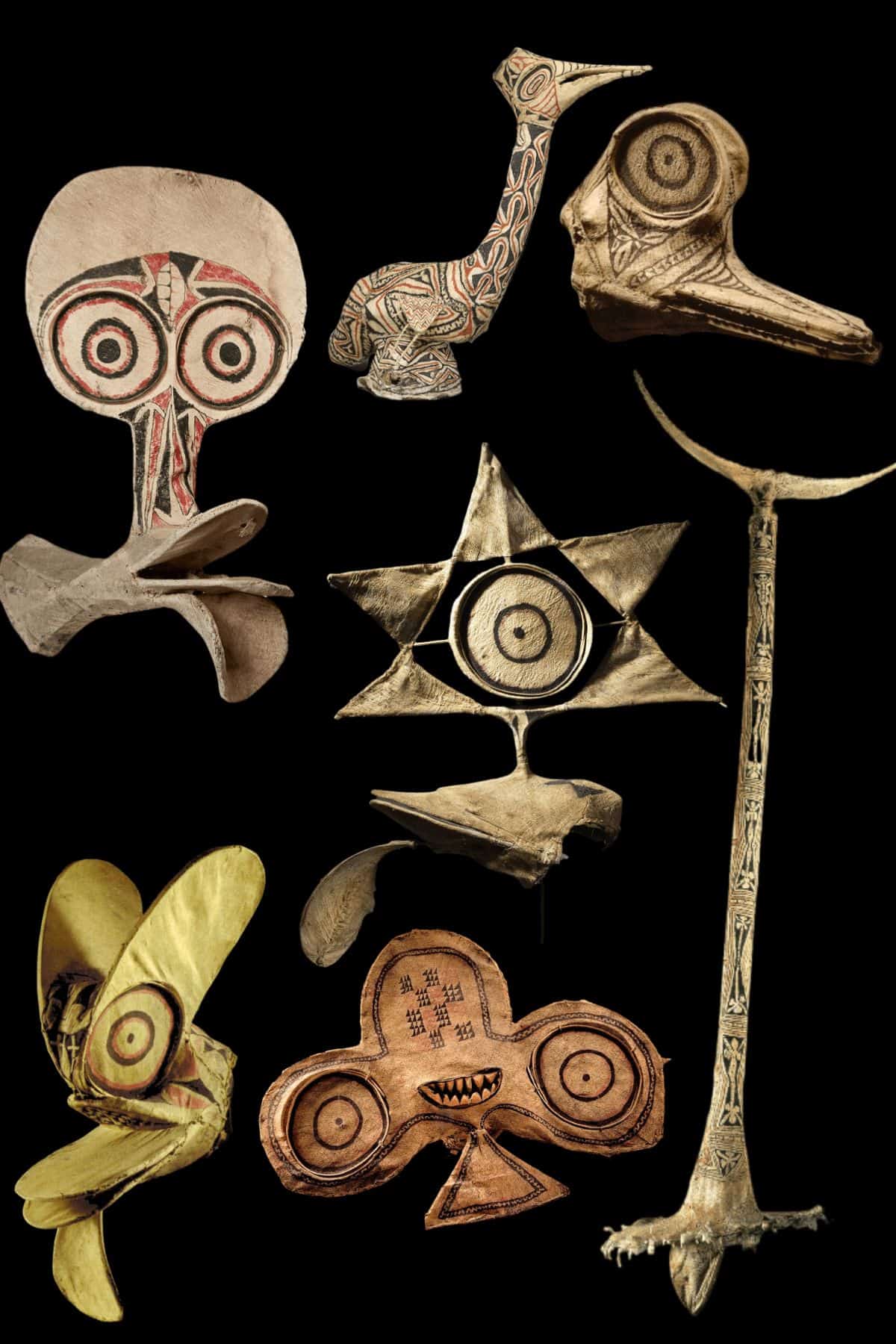
All images in this article are for educational purposes only.
This site may contain copyrighted material the use of which was not specified by the copyright owner.
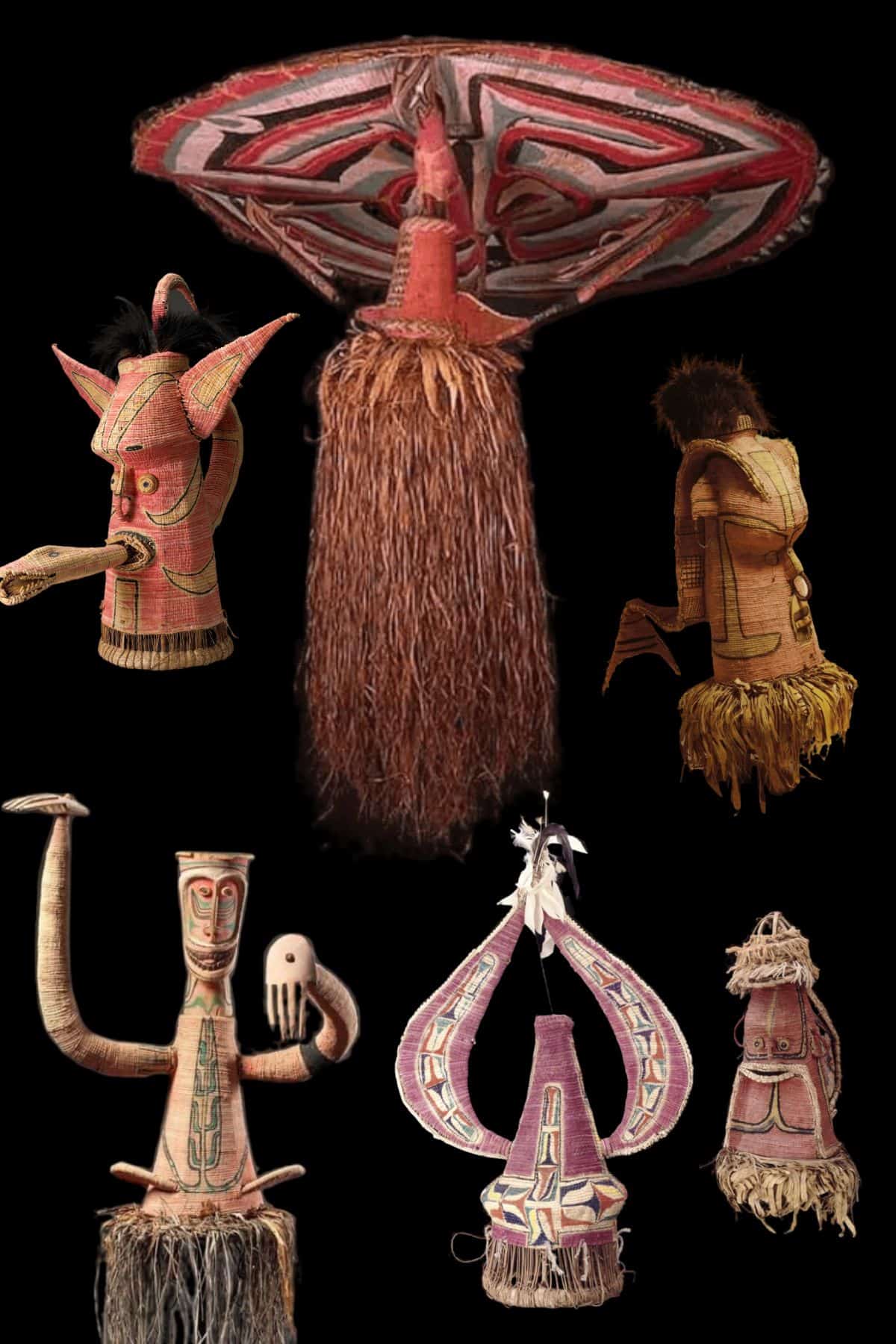
60cm – 260cm
Sulka masks
The Sulka people produce wonderful woven masks. These masks are extremely time consuming to make and were normally left to rot after use. As a result very few still exist today.
When freshly painted these masks are a bright red but the pigment fades to a lovely pink.
Due to the proximity to Rabaul trade paint is often used on later examples.
Construction of the masks is by initiated males. Firstly a frame of cane needs to be constructed and then woven strips of plant pith are used to cover the frame.
Making a mask from strips of pith is far more time consuming than using Tapa Cloth.
Most of the masks made by the Sulka are like malangan in new ireland left to rot in special Tabbooo places. This also accounts for why so few are in existance because a collector would need to be lucky enough to visit while a masked dance had just happened as they rot fast.
Nakania Masks
Nakania masks were strongly associated with funeral rights.
Most were collected without the cane frame. Not all masks had painted faces some had more abstract designs.
Very few Nakania Masks exist so they are quite collectable even in the absence of a frame.
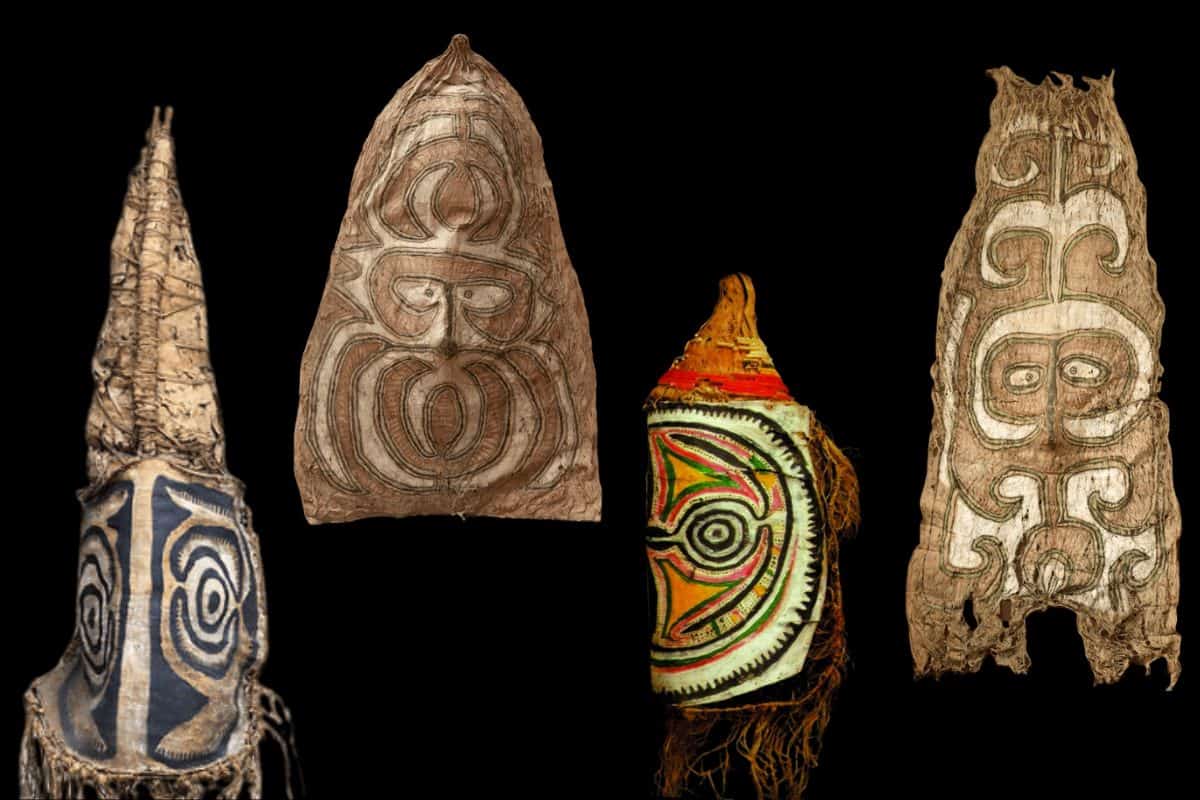
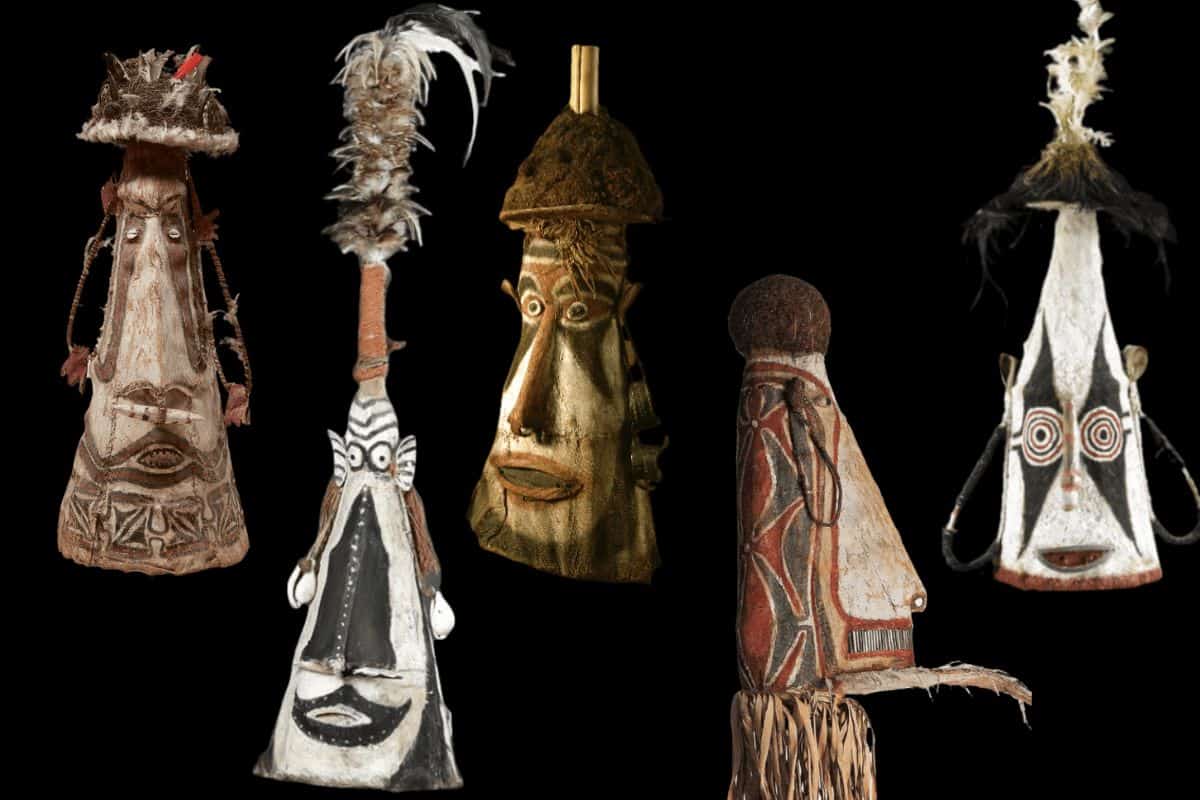
Tumbuwan Masks
Tumbuwan Masks of various styles exist along the coast from the Arawe all along the coast to the Kombe and out on Vitu island.
Not all tumbuwan have human faces with many having more abstract designs like the Tolia Dukduk. Often these masks are made from coconut fibre over a cane frame.
The masked dancer sees through the mouth and with the lead dancer carrying a special dance club.
Nausung Masks
Wooden Masks are rare compared to fibre masks and are found along the coast from Arawe to Kombe.
These masks are essentially part of the same cult that produces masks in the Huon Gulf and Astrolab bay.
Good old masks should have slit ears with the wearer seeing through slits below the eyes.
Height 50cm – 65cm
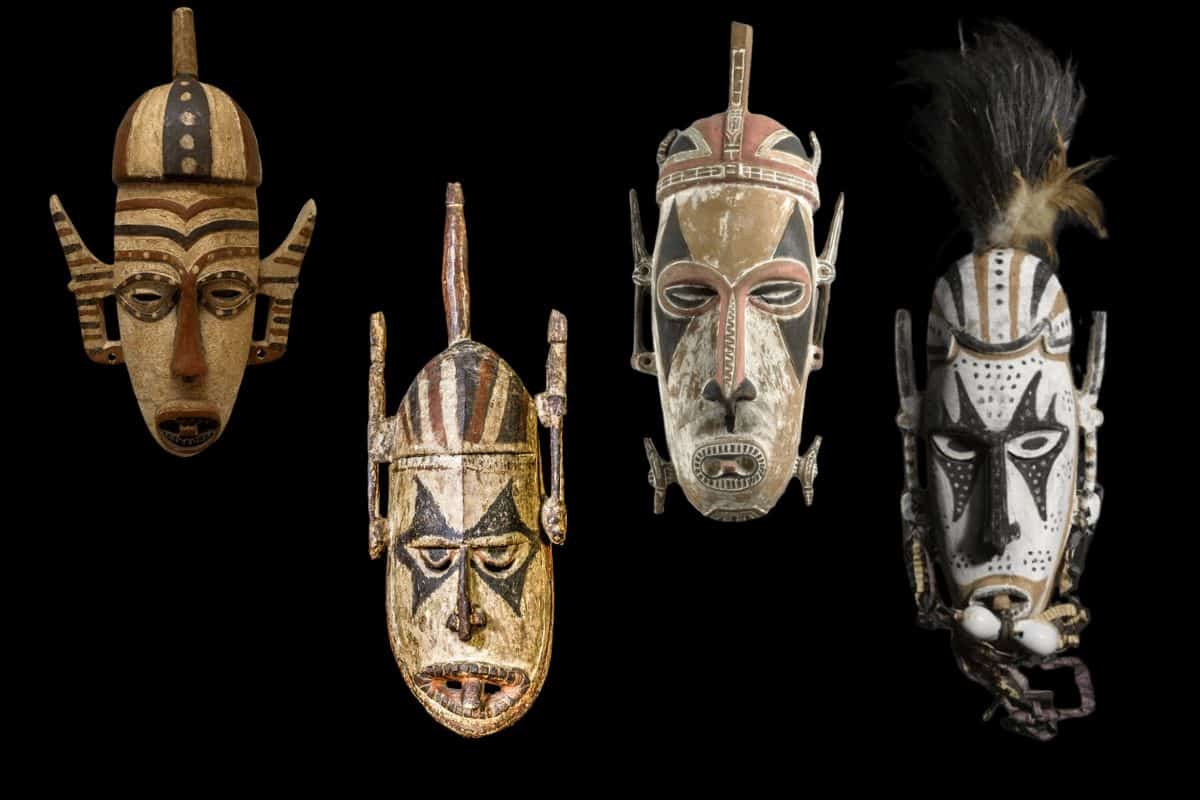
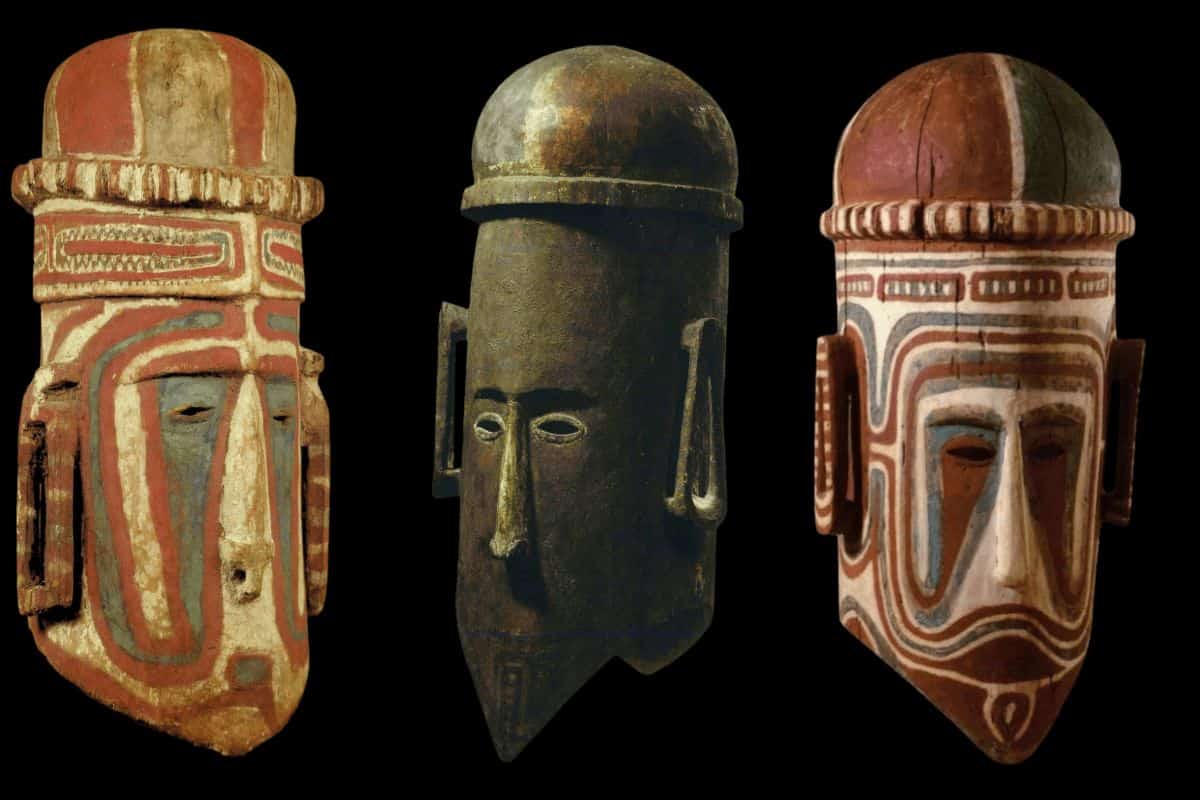
Vitu Island masks
These masks are rare and highly collectable. They are one of the few helmet style masks found in Papua New Guinea. Culturally these are the same as the wooden nausang masks found elsewhere in West New Britain but a unique and collectable style.
Old masks should have slit ear lobes and be painted in ochres.
Height 50cm – 60 cm
New Britain Shields
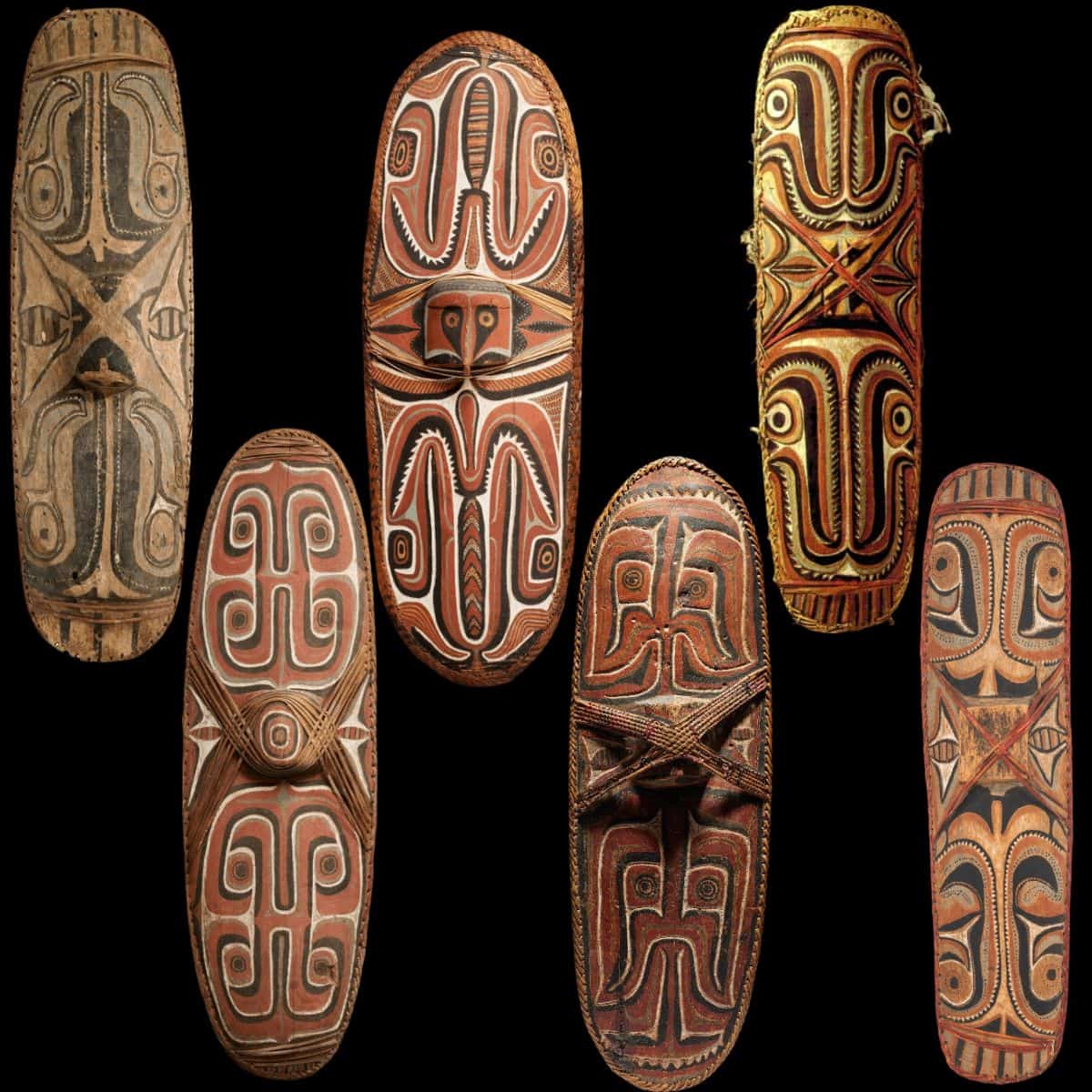
Sulka Shields
Sulka shields I think are the prettiest shields in Papua New Guinea. Good examples should have tight woven cane around the perimiter and strong cane across the central boss.
Early examples were used in warfare but the tradition of making shields continued after Christianity and the shields were used in a traditional dancing.
Dance shields tend to have less cane bindings around the edges and were smaller. Both styles were painted with abstract spirit faces and both are collectable.
Mengen Shields
Made from wood and woven fiber and carved in low relief and painted with red, white and black pigment. These are longer and narrower than Sulka shields but also have abstract faces.
The perimiter of early shields was protected by woven cane and later examples made for dance were not.
125cm – 180cm
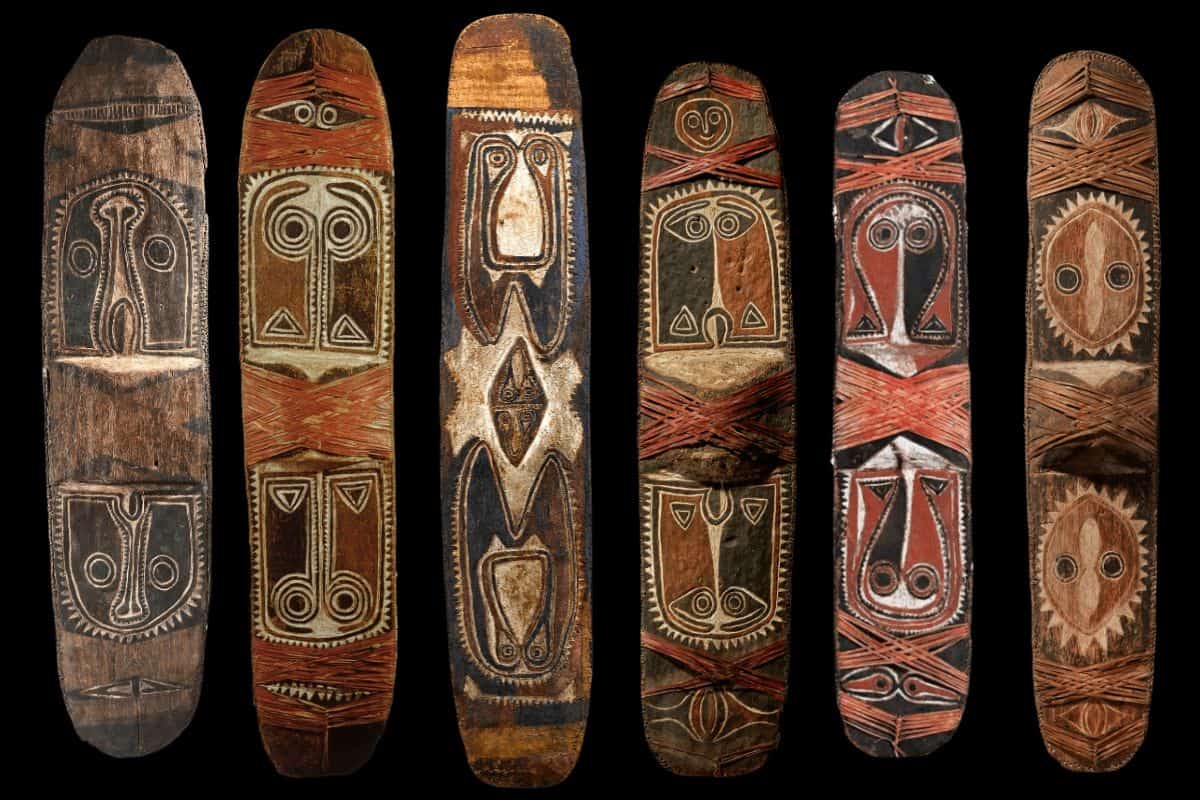
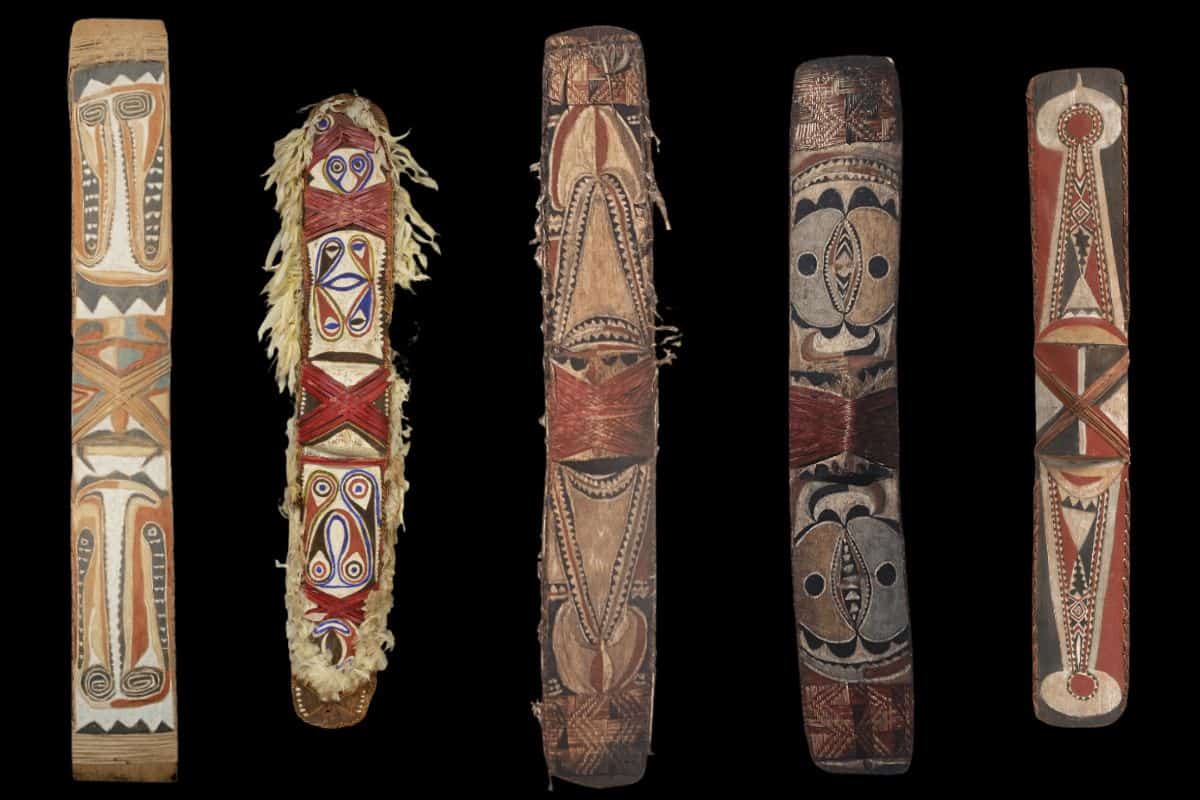
Nakanai Shields
These shields are often mistaken for Mengen shields. They are however narrower and the cane work on the back is far more extensive. Earlier shields tend to be larger and have more cane protection over the boss. Smaller dance shields although colourful tend to be later and are not quite as well made.
Vitu Island Shields
Early Vitu Island shields vary very little in design. Later dance shields do but the early examples seem to have a singular motif. This is likely due to the size of the population effectively meaning the whole island is one language and one extended clan.
It is very likely that although the masking culture on Vitu comes from the West the Shield culture comes from the North coast Nakanai
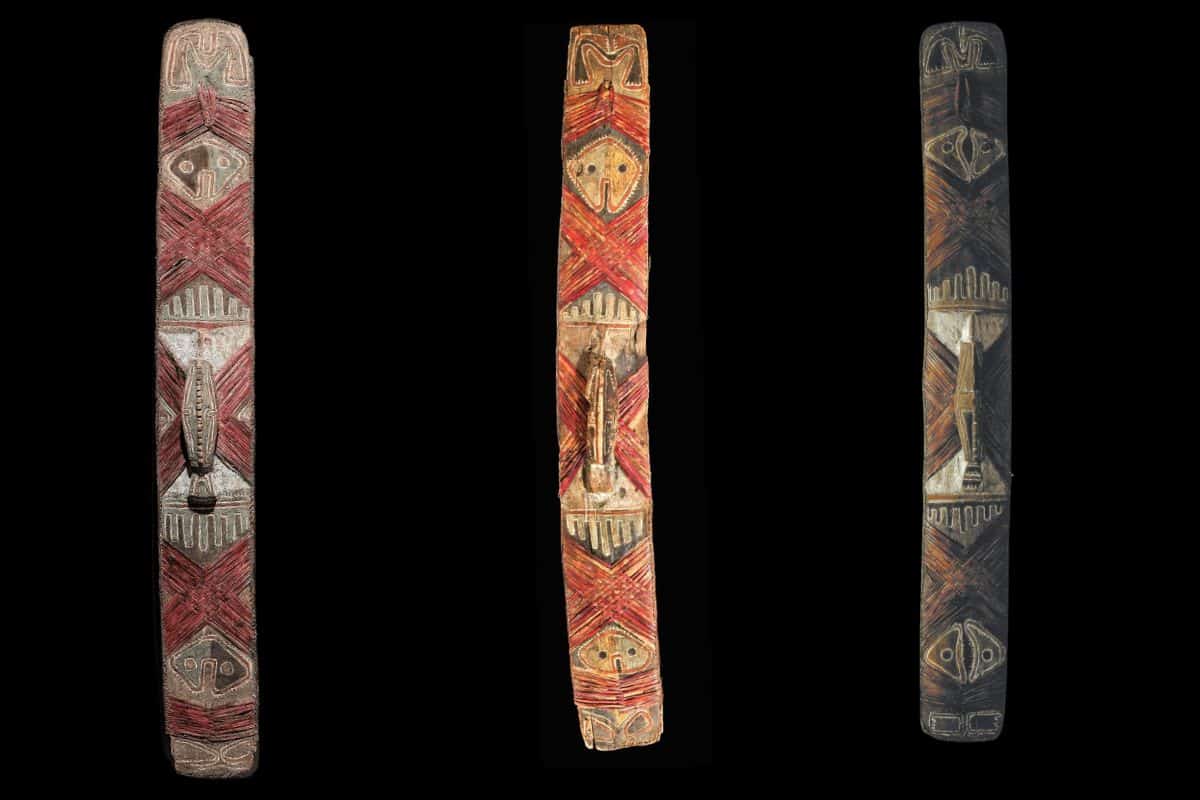
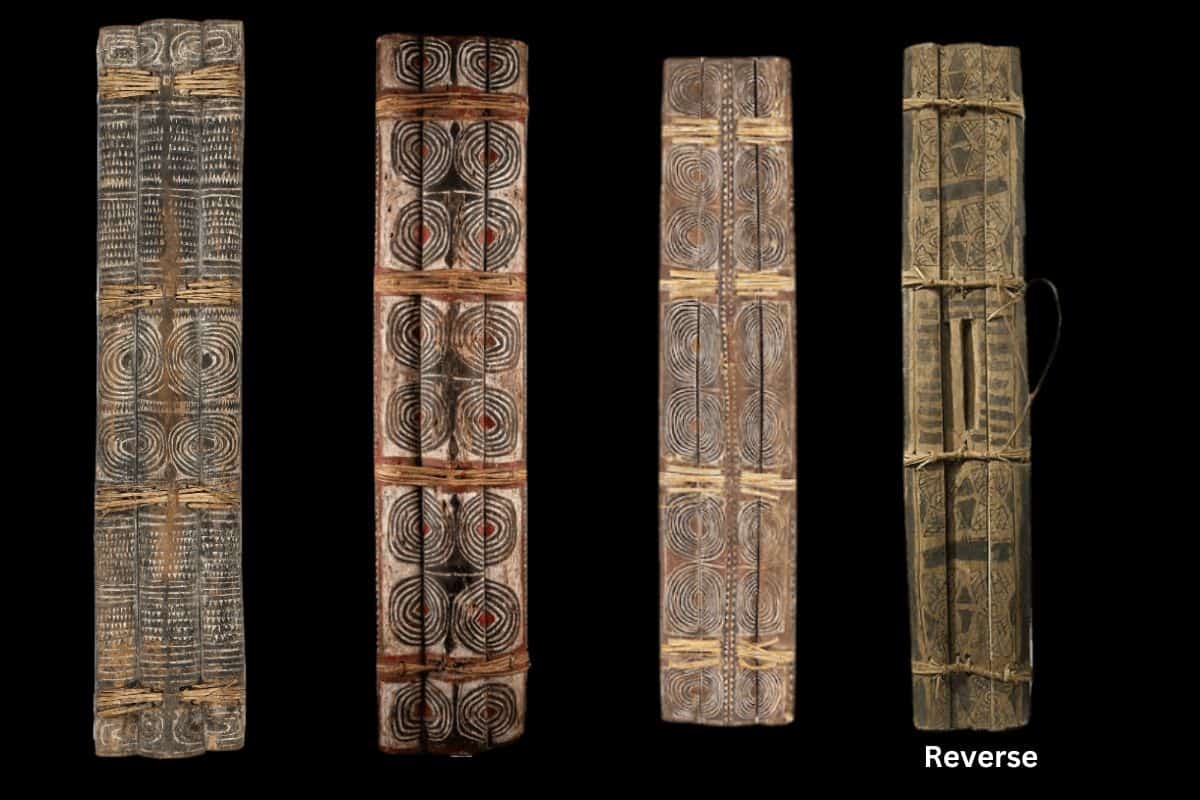
Kandrian Shields
Although called Kandrian shields these are found all along the coast between Kandrian and Kombe. They are made up of three planks of wood bound together with cane. Good old examples have Tapa like clan designs painted on the back and are better constructed and larger than later examples used for dances.
90 cm -120cm
New Britain Clubs
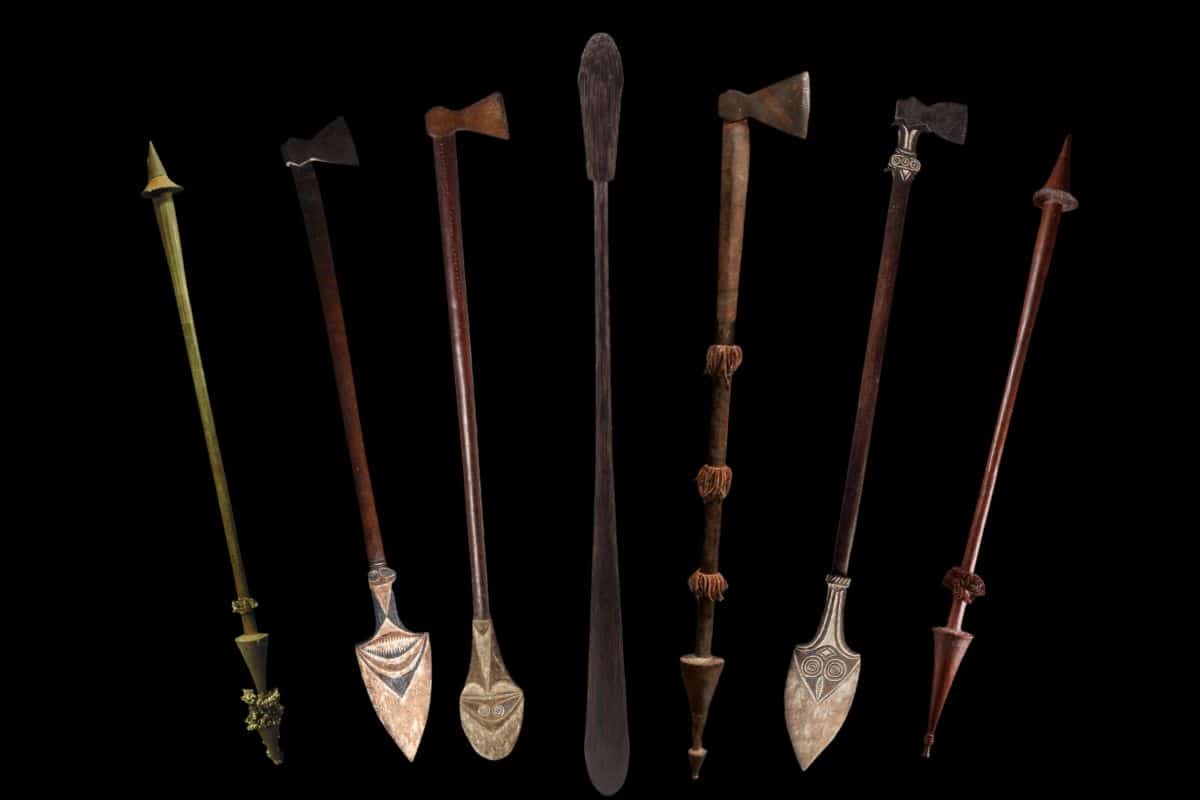
GTolia Clubs and Axes
The Tolia were sling fighters and clubs were used by chiefs to direct the fight. They were not so much combat weapons but insignia of important people.
When the Germans arrived and axes became available they were used to create prestige dance wands that could double as a weapon if needs be.
Old Tolia weapons are much sort after by german collectors.
Sulka War Clubs
Sulka clubs come in a variety of heads but the butts are a very identifiable shape. The Sulka considered these as prestige items and they were reserved for people of high status.
Some Sulka clubs are really masterworks of sculptural form.
They are rare in collections and often overlooked in preference of polynesian clubs.
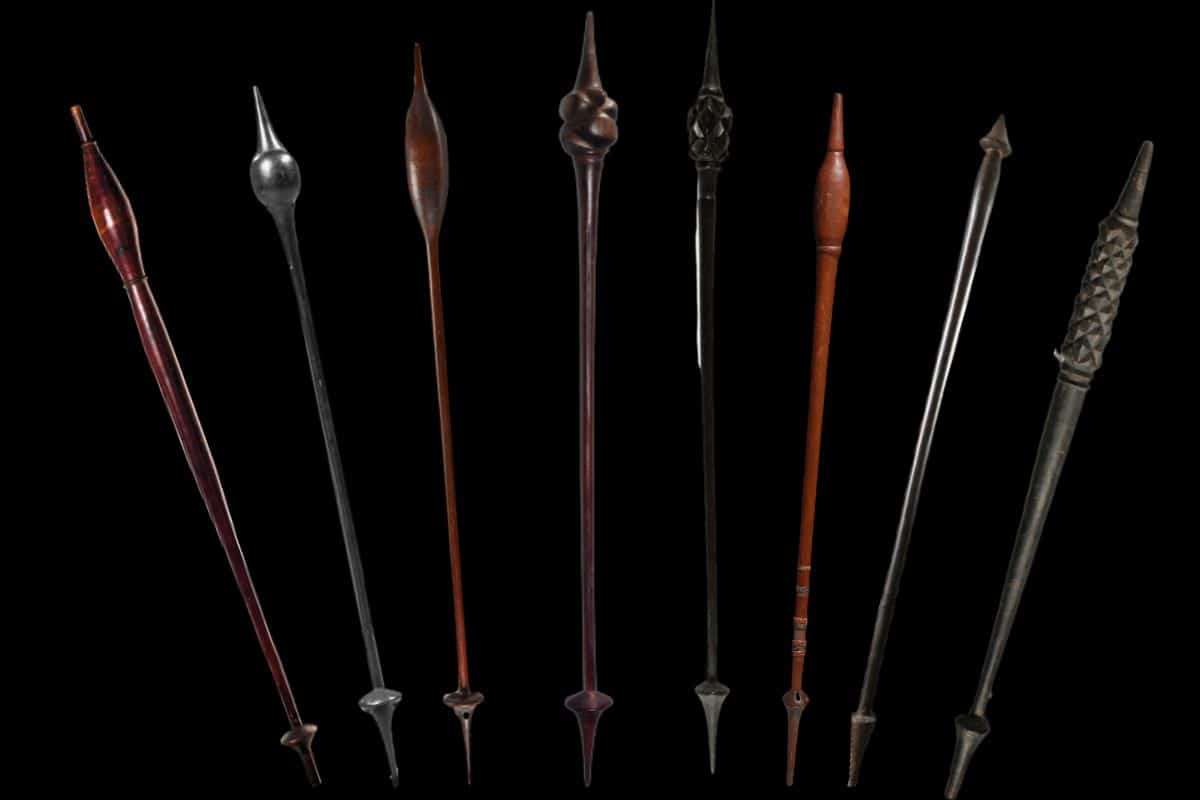
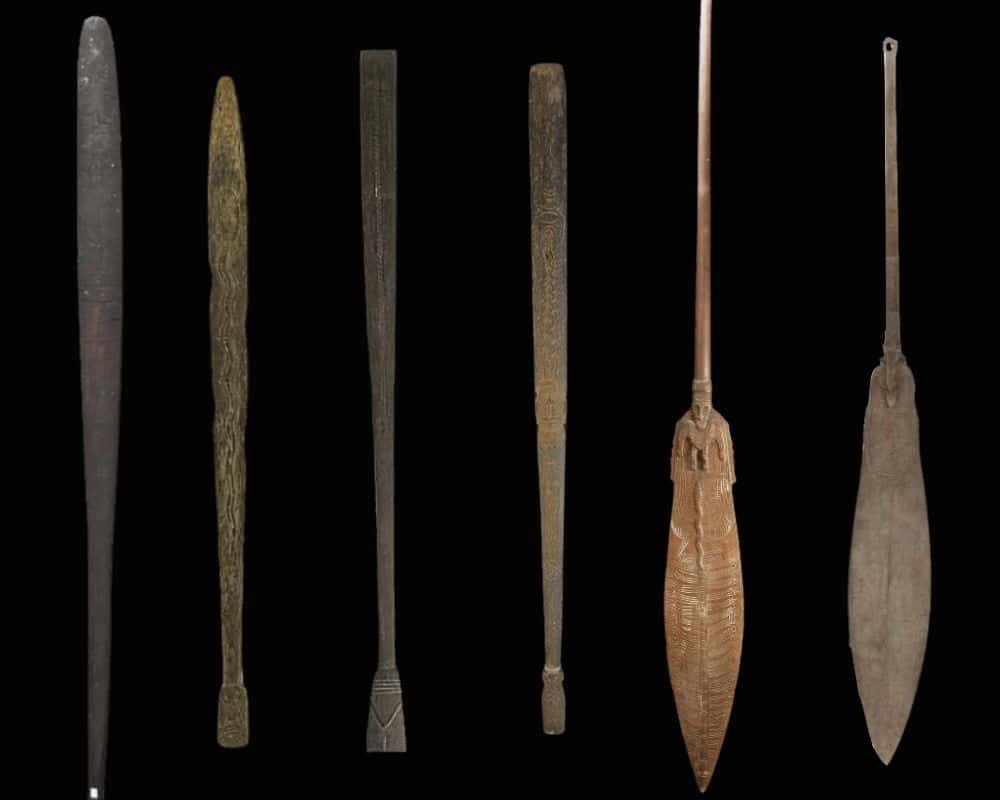
Arawe -Kombe Clubs
This area did favour war clubs but had numerous dance clubs. Many of these were light weight but some old examples were made of black palm.
Headrests Betelnut mortars and food hooks
New Britain Adornments
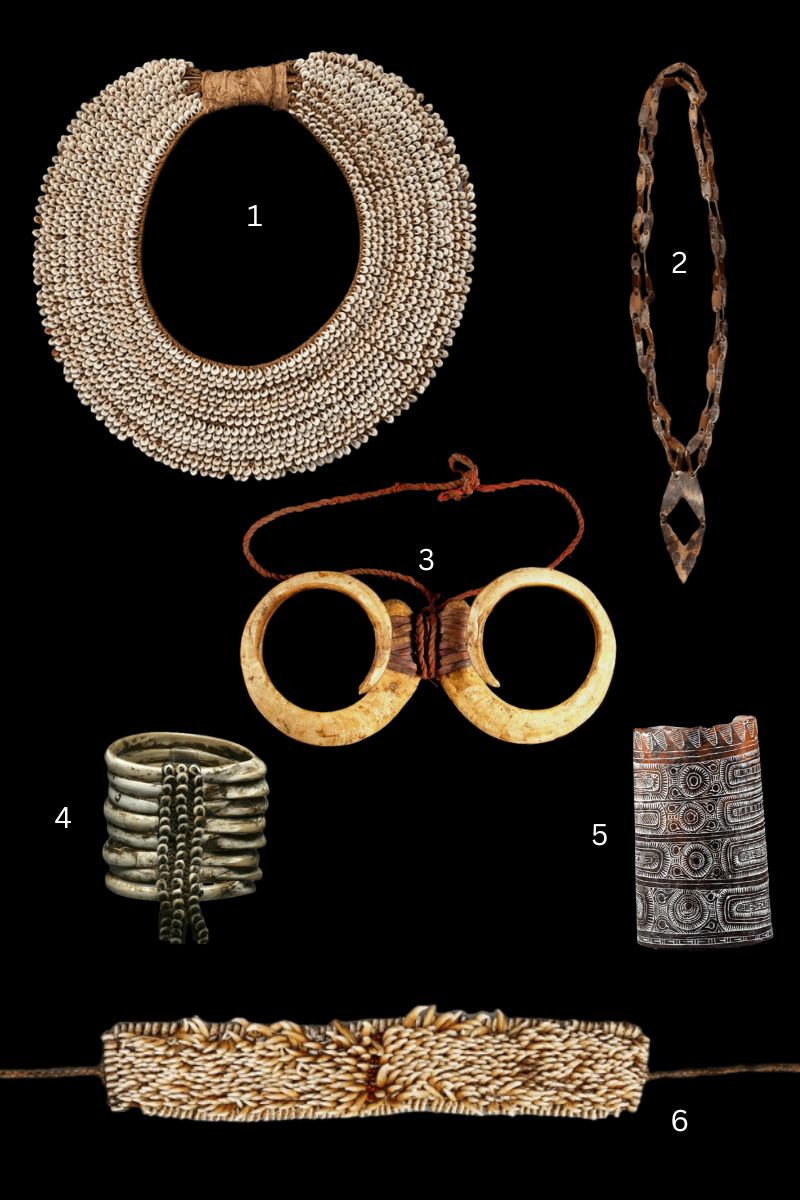
New Britain Adornments
